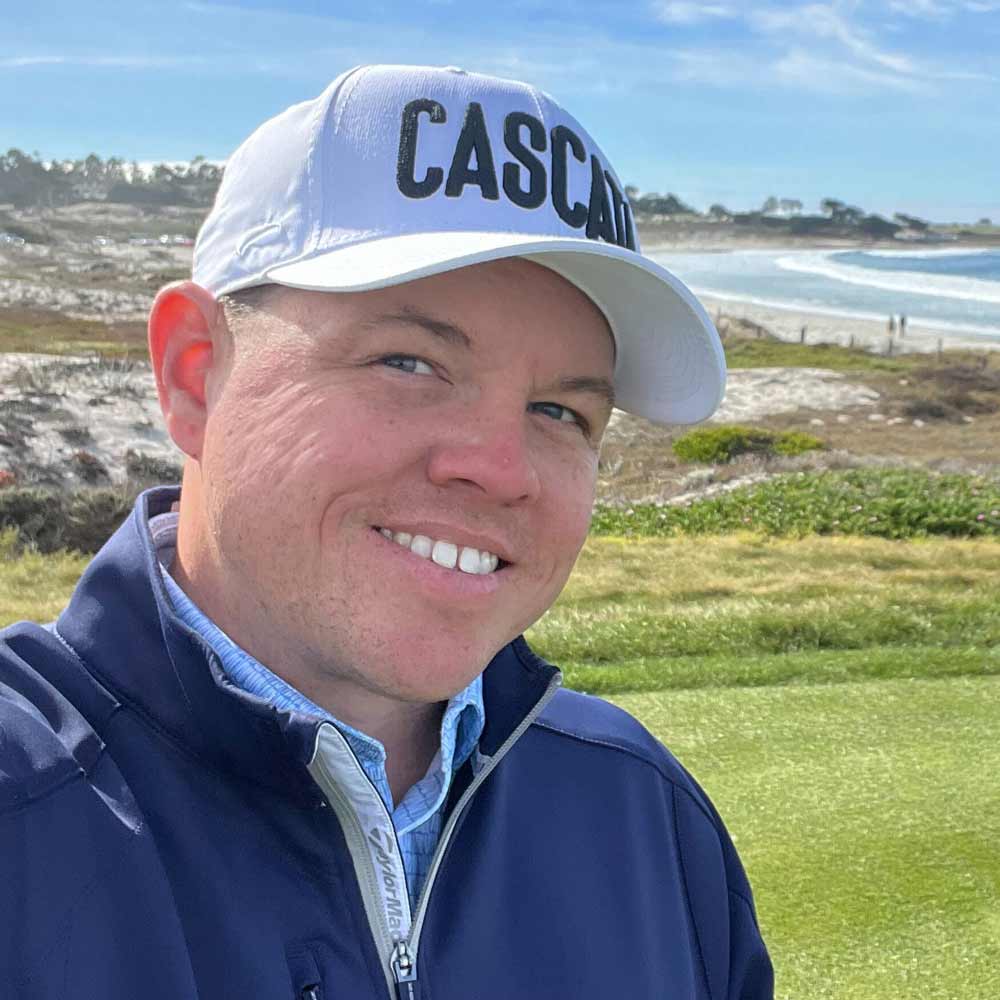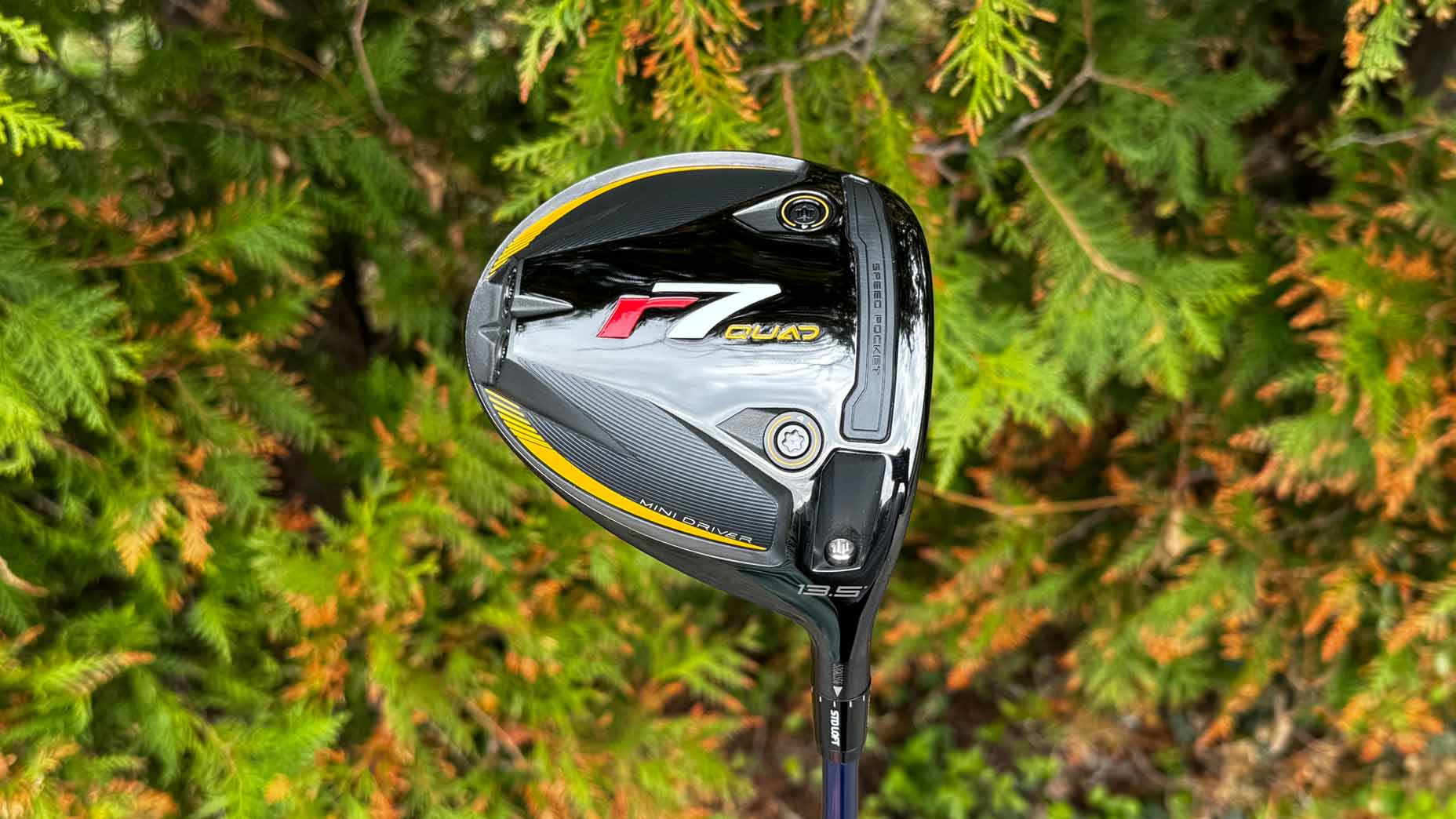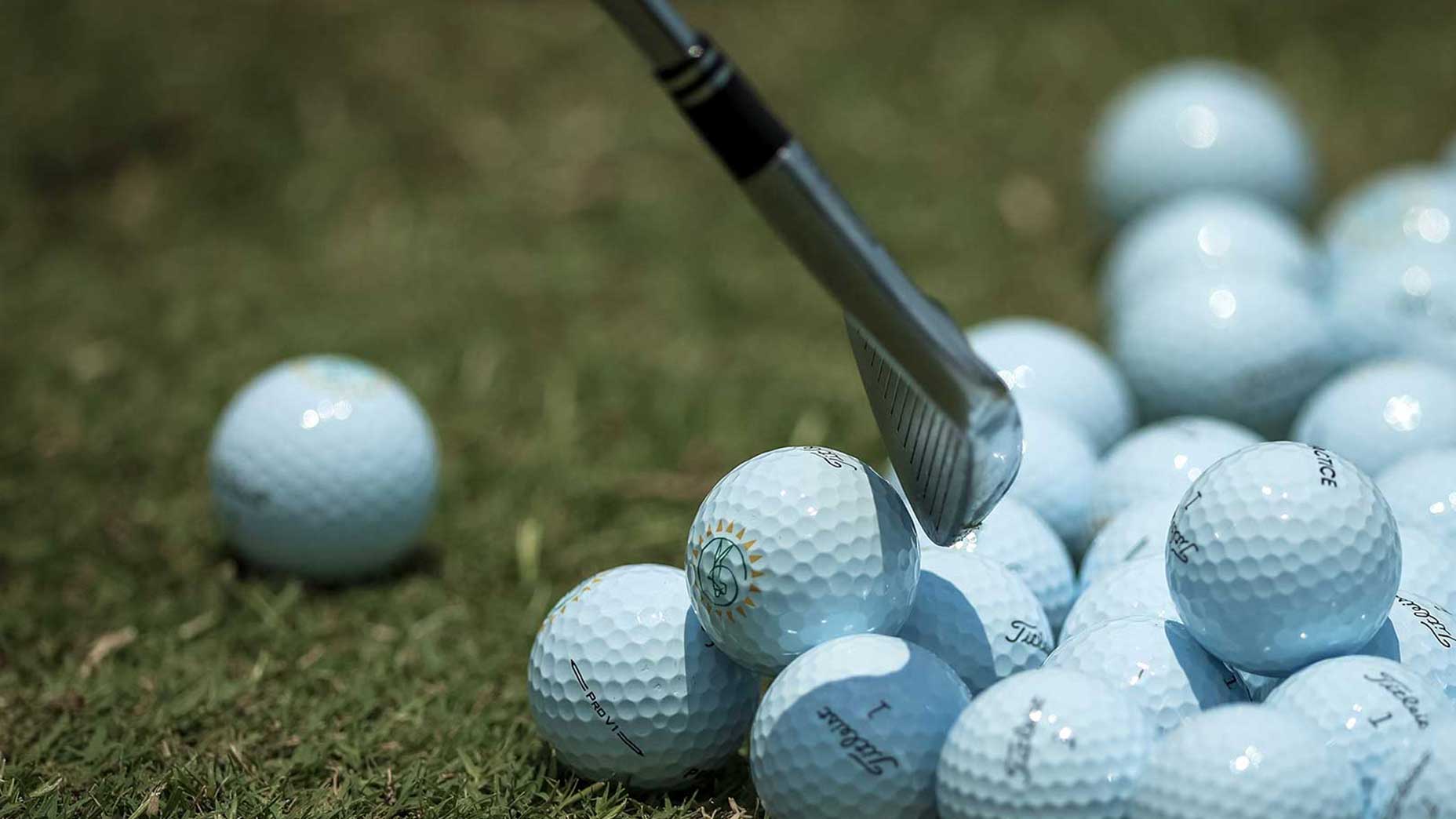Can a mini driver help your game? Ask yourself these questions
- Share on Facebook
- Share on Twitter
- Share by Email

Karl Vilips playing the R7 mini driver in Harbour Town this week.
Getty Images
Golfers are always on the hunt for the latest equipment solution to fix [enter swing problem here]. I get it. After all, as a master fitter, it’s my job to find those solutions, which is I want to address one question I’ve been hearing a lot of late: “Is a mini driver right for me”?
So, let’s get to it, starting with who mini drivers are best suited for, and where they fit in the bag.
Sitting somewhere between a traditional driver and a 3-wood, the mini driver offers players a combination of control, distance, and forgiveness. Here’s a look at who might benefit from these buzzy new clubs.
Players who struggle with a full-size driver
For some players, a 460cc driver can be intimidating and difficult to hit. Between the head size and length of the shaft (ranging from 45.5 to 46 inches), finding the center of the face just doesn’t happen as often as they would like. Most of the mini drivers coming to market are between 280 cc to 350 cc and play closer to the standard length of a 3-wood. Testing has shown us that the smaller head size and shorter shaft length makes it easier to find the center of the face.
Accuracy-focused players
Not every hole requires a “max distance” type of swing. On tight or tree-lined fairways, distance takes a back seat to accuracy. The mini driver is a distance+control option for courses with a lot of dogleg holes, where angles and placement lead to lower scores — like, say, Harbour Town, where the PGA Tour is this week.
Mini drivers can provide an added level of precision off the tee compared to a driver, while still offering more distance than a 3-wood. If you have priority of fairways hit over total distance, the mini driver can be the perfect compromise.
High-speed players
High-speed players typically generate plenty of distance, which can make controlling a standard driver challenging. A mini driver provides a more controllable alternative while still allowing these players to benefit from their power.
The smaller head and higher spin rates can help tighten up dispersion without sacrificing too much yardage. The added spin can also minimize rollout once the ball lands. This gives the power player the option of taking on more aggressive lines off the tee.
Slow- to intermediate-speed players
Speed typically equates to higher launch and more spin. For players who don’t generate a ton of speed, ease of use is crucial. A mini driver can offer a confidence boost, and a boost in distance, with its shorter shaft and manageable size. It’s easier to launch than a traditional driver and more forgiving than a 3-wood. That’s a winning combo in my book.
Benching the driver and adding a mini can be an ideal option for players who want reliable performance with easier launch and spin properties.
TaylorMade R7 Quad Mini Driver | 4 things to knowBy: Jack Hirsh
Low-launch and low-spin players
If you are like me — you have plenty of speed but don’t hit the ball high or with much spin — the mini works great in place of a 3-wood. I typically use my 3-wood off the tee, and it comes out lower than I would like. A mini driver has a lower center of gravity and, for me, wants to launch higher than a 3-wood.
We have seen mini drivers being used on the PGA Tour in recent years, but Karl Vilips has put the new TaylorMade R7 Quad mini driver in play at the top of his bag this week at the RBC Heritage in Hilton Head. Harbor Town is narrow off the tee, and Vilips elected to add the R7 Quad to improve his accuracy off the tee, while still seeing more distance than his 3-wood.

TaylorMade R7 Quad Custom Mini Driver
View Product
ALSO AVAILABLE ON: PGA Tour Superstore, TaylorMade
While the mini driver isn’t a one-size-fits-all solution, it does offer a variety of applications for different types of players. Whether you’re struggling with a standard driver, looking to hit more fairways, or navigating launch and spin issues, a mini driver could be the game changer that transforms the top end of your bag.
Want to overhaul your bag for 2025? Find a club-fitting location near you at True Spec Golf.
Latest In Gear

Kris McCormack
Golf.com Contributor
Building on a career that has spanned more than 20 years in the golf industry, McCormack has spent the last six years of his career serving as the Vice President of Tour and Education for True Spec Golf. During that time, he curated the training program for the True Spec fitting staff and pushed for more continuing education curriculum. As well as managing their Tour department and building relationships with a multitude of OEM partners. Prior to joining the True Spec team, McCormack worked with several of the industry-leading manufacturers as a Master level Fitting Professional. In addition to being an instructor and partnering with the Golf Channel Academy as a lead instructor and brand-agnostic Fitting Professional. He has also worked with R&D teams to assist in product design, testing, and development for a variety of gear releases. He is a golf enthusiast and lives in the gear space!










